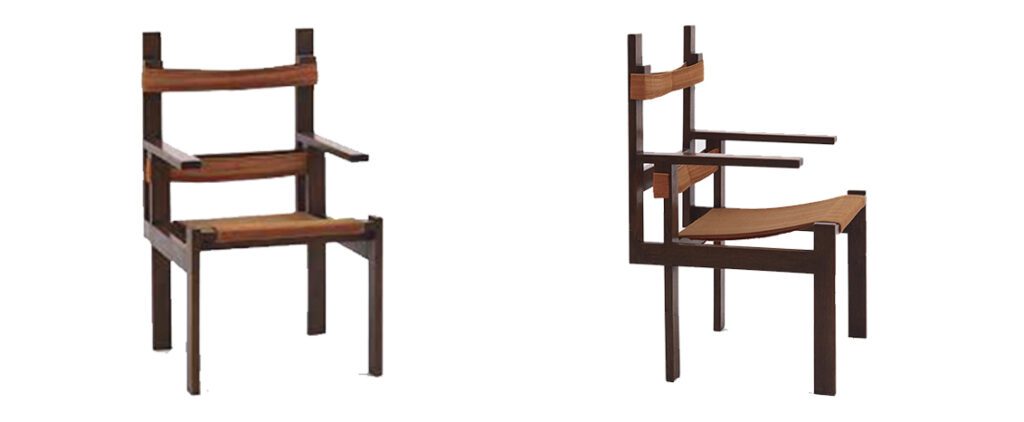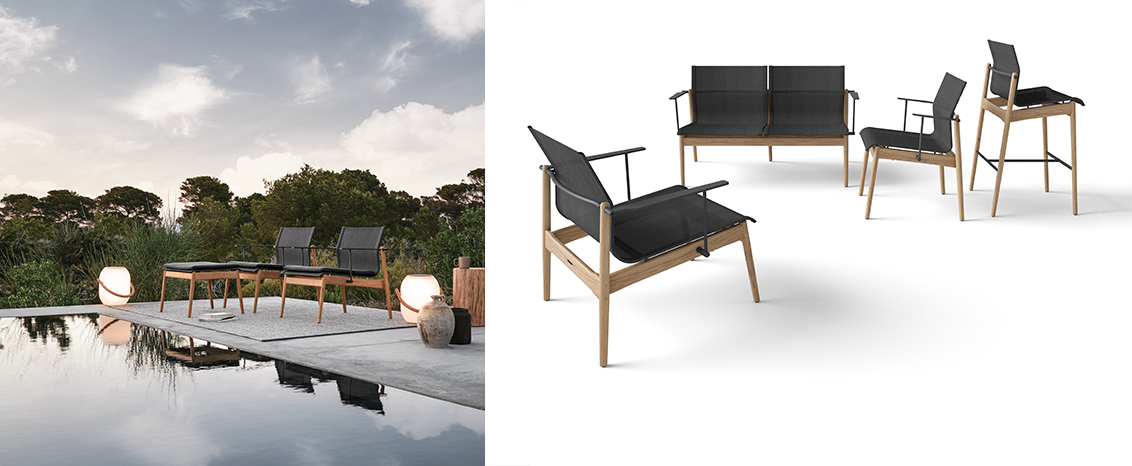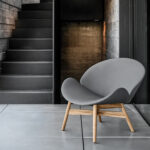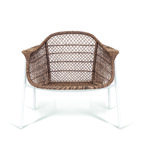Gloster’s Eras of Influence: Bauhaus
Throughout 2023, the Gloster Blog and Newsletter will seek to explore how some of the major furniture design trends of the 20th century have connections to the furniture pieces that make up Gloster’s catalogue in the modern day. While every piece in our eminent collection is the product of an original idea from a world-class designer, the path leading to today’s furniture design was paved by a long legacy of exploration and innovation. By shining a light on various design movements and tracing a throughline from the design disciplines of yesteryear to the products of today, we seek to venerate the people and movements that brought us here while showcasing some of the most enticing and awe-inspiring aspects of Gloster’s products.
If one has any familiarity with the long legacy of furniture design, chances are they have heard of the iconic German institution, ‘Bauhaus’. An interdisciplinary school of architecture, design, educational reform, and artistic unity, the Bauhaus existed in Weimar-era Germany from 1919 to 1933. A product of the social and political climate of post-World War II Europe, the history of the Bauhaus is intricate, layered, and wide ranging; however, complexities of its social and political history aside, the Bauhaus is commonly regarded by students of furniture design as one of, if not the singular most important birthplaces of Modernism as a design discipline. In reflecting on the enduring contemporary legacy of a school that existed for only 14 years and closed its doors for the last time nearly 90 years ago in her all-encompassing history on the subject, author Magdalena Droste wrote “one reason for this continuing international interest may lie in the universal, easily comprehensible and fundamental approach to design, which resulted in forms of expression which were derived from the function of the objects and which dispensed with everything superfluous” 1.
Marcel Breuer is one of the most well-known contributors to the exalted legacy of the Bauhaus. A student of the Bauhaus from 1920 to 1923, Breuer later returned as a teacher (or in the nomenclature of the Bauhaus, as a ‘Young Master’), acting as the head of the Bauhaus carpentry workshop until 1928. While his legacy today is most strongly associated with the tubular metal furniture he helped popularize, in 1922 Breuer designed his Wood Slat Chair, an evolution of form inspired by the burgeoning De Stijl design movement. This chair was an early adherent to a developing set of guidelines gaining popularity within the Bauhaus, expertly detailed by Magdalena Droste in the following excerpt 1:
- “The entirely new, eye-catching appearance of Bauhaus furniture was always presented as the result of functional analysis: sitting had been thoroughly investigated and this was the result. ‘The starting point for the chair was the problem of creating a comfortable seat and combining it with simple design. This led to the formulation of the following requirements:A.) Elastic seat and back rest, but no heavy, expensive or dust-collecting cushioning.
B.) Angling of the seat so that the full length of the upper leg is supported without the pressure arising from a horizontal seat.
C.) Angled position of the upper half of the body.
D.) Spine left free, since any pressure on the spine is both uncomfortable and unhealthy.”

Marcel Breuer’s Wood Slat Chair exemplifies the developing design guidelines of the early Bauhaus period.
Gloster’s Sway collection by Henrik Pedersen draws many design parallels to its Bauhaus-era forebearer. Resilient, supportive seat slings made of Ferrari Batyline material provide a familiar elasticity, while cushion-less or cushion-optional pieces cast aside superfluity of design in an echo of Bauhaus philosophy. An angled seat, back, and lumbar curvature that leaves the spine free all hark back to the design tenets of Breuer’s work from nearly a century prior that acted as an exploration of new design ideas. While these associations between one of Gloster’s most popular collections and the Bauhaus-era design philosophies that long predate it are plain to see, the subtle evolutions of these ideas, repurposing of them for outdoor use, and incorporation of the best raw materials available showcase how Gloster’s designers draw influence from the past while striving to create something innovative, unique, and purposeful.
 Sway, by Henrik Pedersen.
Sway, by Henrik Pedersen.
Make sure to keep up with Gloster’s Blog and Newsletter throughout 2023 as we continue our exploration into Gloster’s Eras of Influence.
Citation 1: Droste, Magdalena. Bauhaus 1919-1933. Taschen, 2019.




